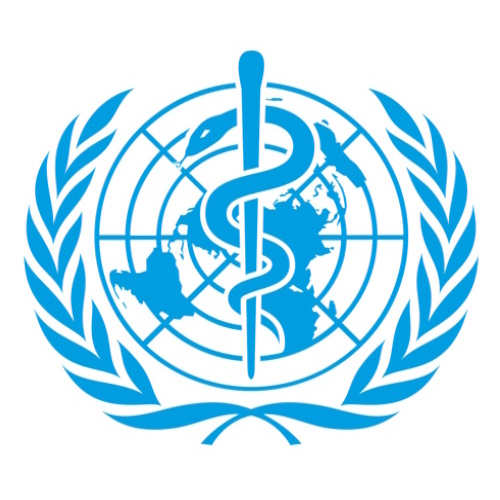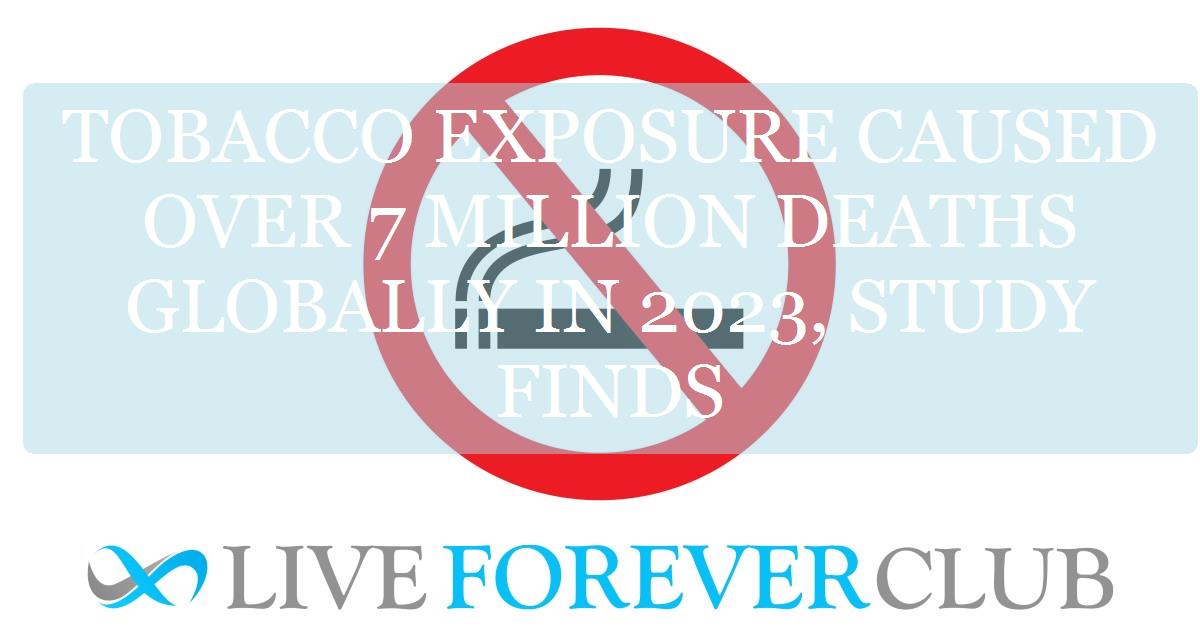Key points from article :
A new global analysis from the Institute for Health Metrics and Evaluation (IHME) at the University of Washington has found that tobacco exposure was responsible for more than 7 million deaths worldwide in 2023. The findings, presented at the World Conference on Tobacco Control in Dublin, highlight that tobacco remains the top risk factor for death among men and the seventh for women. Despite some progress in countries like the UK, where tobacco-related deaths have declined by 45% since 1990, the global rate has increased by 24.4%. Egypt experienced the most dramatic surge, with a 124.3% rise in tobacco-related deaths since 1990.
Brooks Morgan, a researcher at IHME, emphasized that tobacco exposure contributed to roughly one in every eight deaths globally last year. He stressed the need for faster implementation and stricter enforcement of anti-tobacco measures to reverse concerning trends in many parts of the world. Meanwhile, a separate study from the Institute of Clinical and Health Effectiveness (IECS) in Argentina revealed that in five low- and middle-income countries—Bolivia, Honduras, Nigeria, Paraguay, and Uruguay—tobacco use caused over 41,000 deaths and cost nearly $4.3 billion in economic losses, including healthcare and lost productivity.
Global health leaders are calling for stronger regulation. The World Health Organization (WHO) released a report urging countries to raise tobacco taxes, enforce graphic warning labels, and address the growing threat of newer nicotine products like vapes. WHO Director-General Dr. Tedros Adhanom Ghebreyesus warned that while tobacco control has made progress, it remains vulnerable to industry tactics targeting youth and promoting alternative products under the guise of harm reduction.
The conference also showcased technological innovations in tobacco cessation. A team from Fudan University in China presented results from a study testing a mobile phone app using AI-generated messages and interactive games. The app nearly doubled quit rates in smokers compared to standard approaches—showing promise for digital tools in supporting public health efforts to reduce tobacco dependence.









